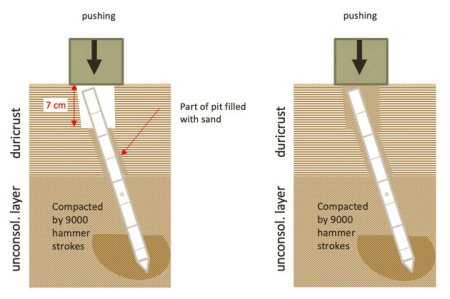Problems at Europa Clipper
NASA has fired the project scientist for one overbudget and behind schedule instrument on Europa Clipper, and restructured work on a second instrument for similar reasons.
“We’ve been struggling on cost growth on Clipper for some time,” said Curt Niebur, program scientist for the mission at NASA Headquarters. “Overall, we’ve been largely successful in dealing with it, but late last fall, it became clear that there were three instruments that experiencing some continued and worrisome cost growth.”
The outcome of the reviews, he said, could have ranged from making no changes to the instruments to, in a worst-case scenario, terminating the instruments. The leadership of NASA’s Science Mission Directive recently decided to keep all three instruments, at least for now.
The fired scientist had been in charge of the mass spectrometer. At the moment they have installed a temporary replacement, and have put the instrument team on notice that it now has a very low priority. Should it fall further behind in schedule or budget it could easily be terminated.
The spacecraft’s imaging system also has schedule and budgeting problems, so much so that NASA was considering dropping the wide field camera, leaving Europa Clipper with only a narrow field camera. Right now both have been retained, but the wide field camera might still be dropped if costs continue to rise.
NASA has fired the project scientist for one overbudget and behind schedule instrument on Europa Clipper, and restructured work on a second instrument for similar reasons.
“We’ve been struggling on cost growth on Clipper for some time,” said Curt Niebur, program scientist for the mission at NASA Headquarters. “Overall, we’ve been largely successful in dealing with it, but late last fall, it became clear that there were three instruments that experiencing some continued and worrisome cost growth.”
The outcome of the reviews, he said, could have ranged from making no changes to the instruments to, in a worst-case scenario, terminating the instruments. The leadership of NASA’s Science Mission Directive recently decided to keep all three instruments, at least for now.
The fired scientist had been in charge of the mass spectrometer. At the moment they have installed a temporary replacement, and have put the instrument team on notice that it now has a very low priority. Should it fall further behind in schedule or budget it could easily be terminated.
The spacecraft’s imaging system also has schedule and budgeting problems, so much so that NASA was considering dropping the wide field camera, leaving Europa Clipper with only a narrow field camera. Right now both have been retained, but the wide field camera might still be dropped if costs continue to rise.












